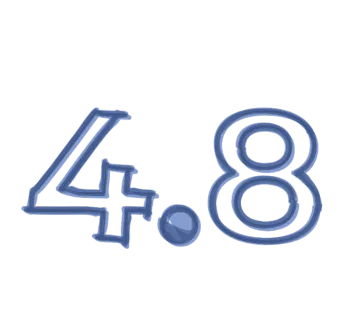

profesional sanitario


La monitorización de los niveles de LDH y los signos y síntomas clínicos es esencial para detectar la alta actividad de la enfermedad en los pacientes con HPN2
El nivel de hemoglobina por sí solo no se utiliza como marcador de la gravedad de la HPN, ya que no está correlacionado con las complicaciones más graves, como los ET4,5
Es esencial el diagnóstico y tratamiento precoz para reducir los niveles de LDH, controlar la HIV y prevenir los ET y otras manifestaciones de la enfermedad.2,6
- El bloqueo del complemento mediante la inhibición dirigida de C5 se asocia a:
- Mejora de la función renal (reducción del estadio de la IRC)
- Disminución de la fatiga (puntuación FACIT-F)
- Estabilización de los niveles de hemoglobina
- Reducción del número de transfusiones
Es importante realizar un control completo y mantenido del complemento para prevenir el riesgo de complicaciones4,11,23,24

- Como hemos visto, es importante comprender la enfermedad que va más allá de las células sanguíneas. El diagnóstico y tratamiento precoz es esencial para controlar la enfermedad y ofrecer a los pacientes la posibilidad de centrarse en lo más importante de sus vidas más allá del tratamiento6,17,25–27
El tratamiento mejora la calidad de vida de los pacientes,18 permitiéndoles vivir historias que no volverán a perderse.
PRESENTACIÓN Y PRECIO. Ultomiris 300 mg/3 ml concentrado para solución para perfusión, 1 vial de 3 ml. C.N: 731120. PVL notificado: 5.018 €. Ultomiris 1100 mg/11 ml concentrado para solución para perfusión, 1 vial de 11 ml. C.N: 731121. PVL notificado: 18.399,33 €. Ultomiris 300mg/30 ml concentrado para solución para perfusión, 1 vial de 30 ml, no está incluido en la prestación farmacéutica por el Sistema Nacional de Salud. Financiación por el S.N.S restringida a determinadas indicaciones/condiciones. RÉGIMEN DE PRESCRIPCIÓN Y DISPENSACIÓN. Medicamento sujeto a prescripción médica. Uso Hospitalario. Consulte la Ficha Técnica completa antes de prescribir este medicamento.
C5, componente del complemento 5; ET, evento trombólico; HIV, hemólisis intravascular; HPN, hemoglobinuria paroxística nocturna; IRC, insuficiencia renal crónica; LDH, lactato deshidrogenasa; LSN, límite superior de la normalidad.